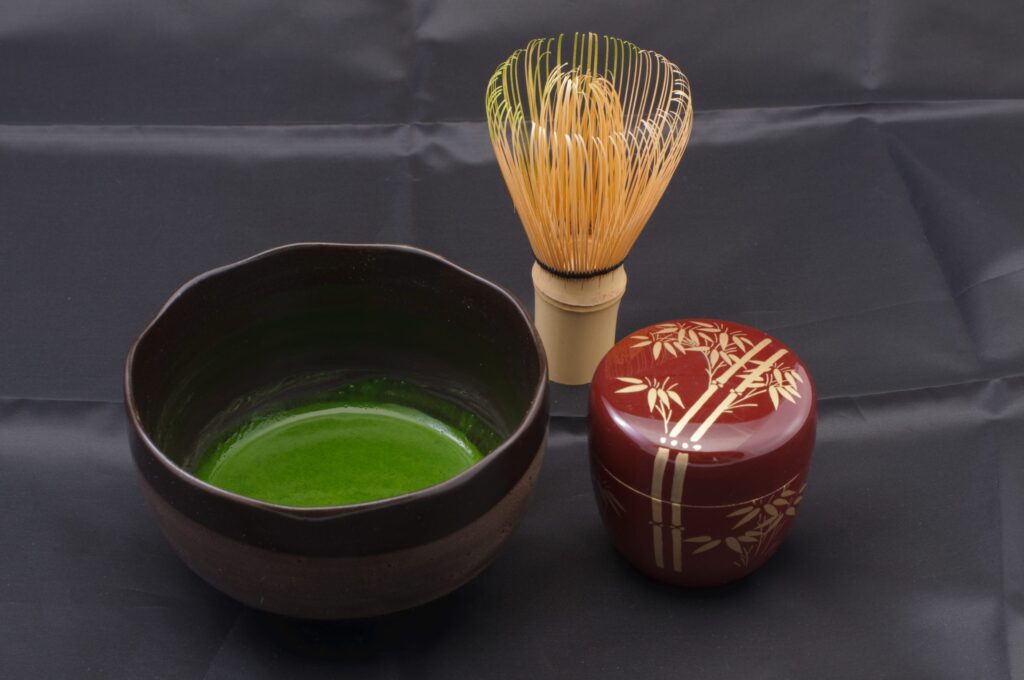Matcha vs. Green Tea: The Nutritional Differences You Need to Know

Green tea and matcha are both made from the leaves of the Camellia sinensis plant, but they are processed differently. Green tea leaves are steamed, rolled, and dried, while matcha leaves are grown in the shade, hand-picked, and then ground into a fine powder. Because of this, matcha has a higher concentration of nutrients than regular green tea.
Both green tea and matcha are low in calories and contain no fat or cholesterol. They are both good sources of antioxidants, specifically catechins, which can help to protect the body from damage caused by free radicals.
Green tea contains caffeine, which can help to increase alertness and focus. It also contains L-theanine, an amino acid that can help to promote a state of relaxation and reduce stress. The caffeine content in green tea varies depending on the brewing time and the amount of leaves used, but on average it contains between 30-50mg of caffeine per 8 oz cup.
Matcha, on the other hand, has a higher concentration of caffeine and L-theanine than regular green tea. A single serving of matcha can contain up to 70mg of caffeine, and it also contains more catechins than regular green tea. One of the most abundant catechins found in matcha is EGCG (epigallocatechin gallate) which has been found to have anti-inflammatory and anti-cancer properties.
Both green tea and matcha are also good sources of vitamin C, fluoride, and selenium.
It’s important to note that drinking green tea and matcha can provide many potential health benefits but excessive consumption of caffeine can have negative effects on health, it’s important to consume green tea and matcha in moderation and to speak with a healthcare professional before incorporating it into your diet if you have any health concerns.
